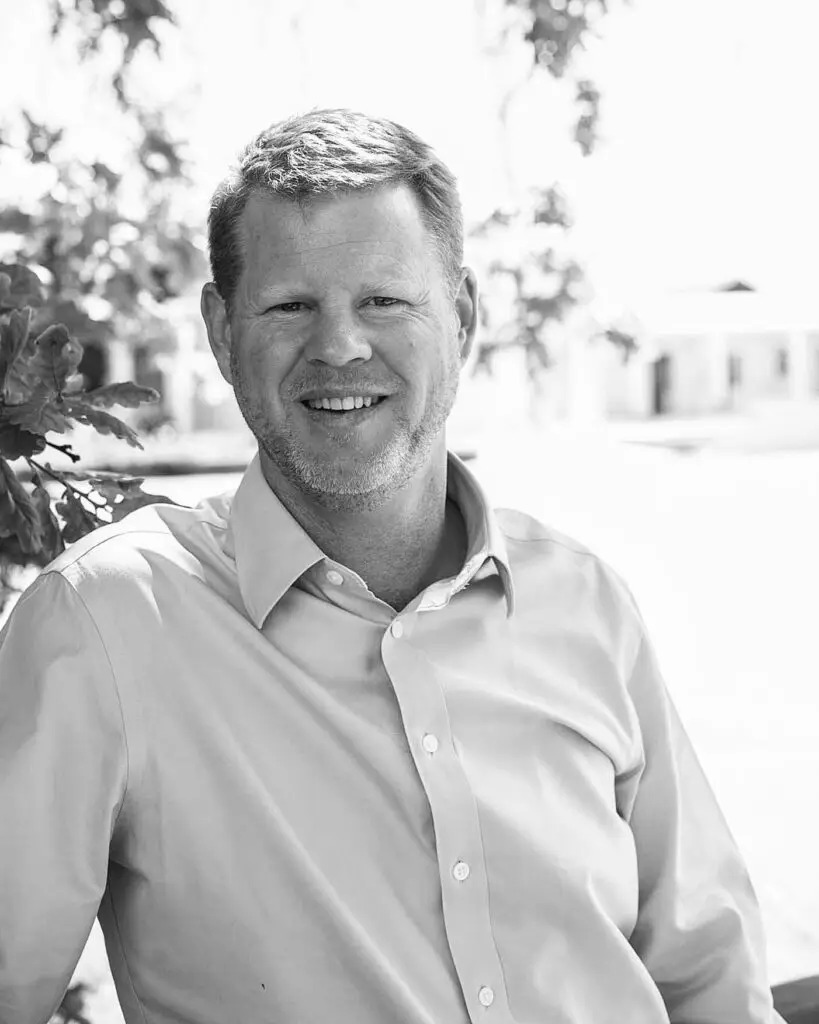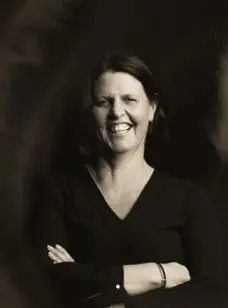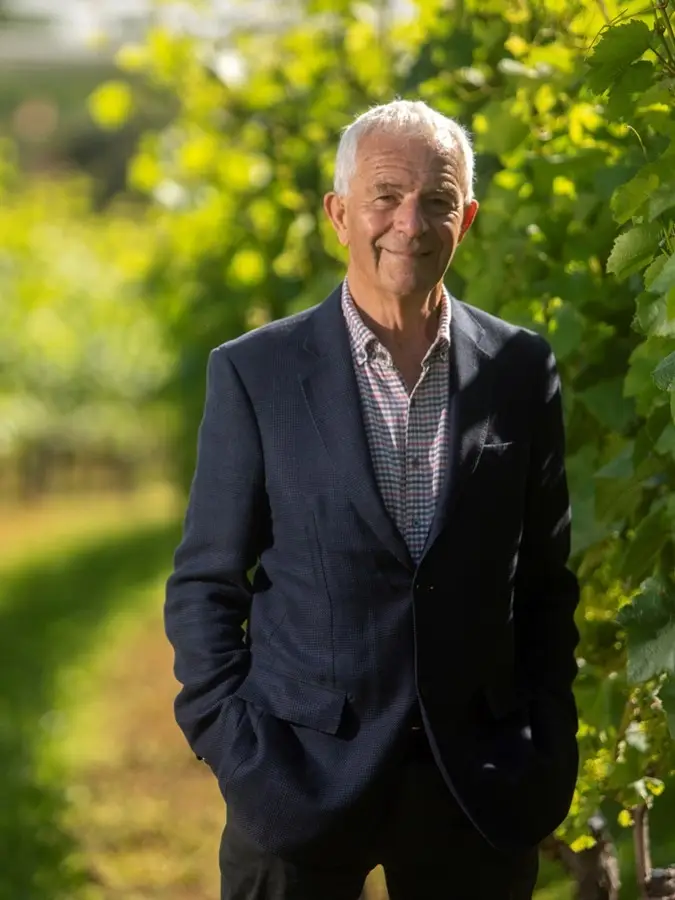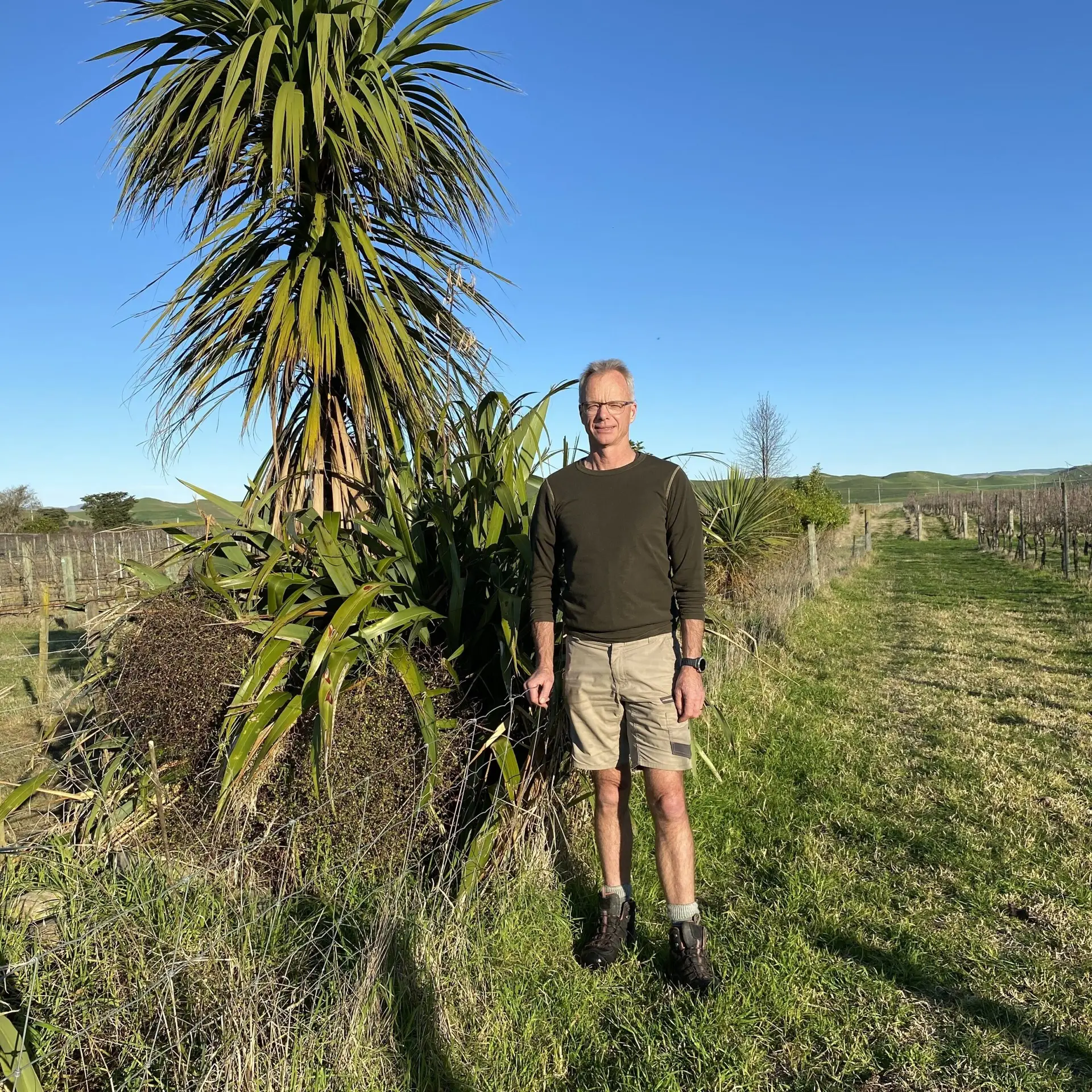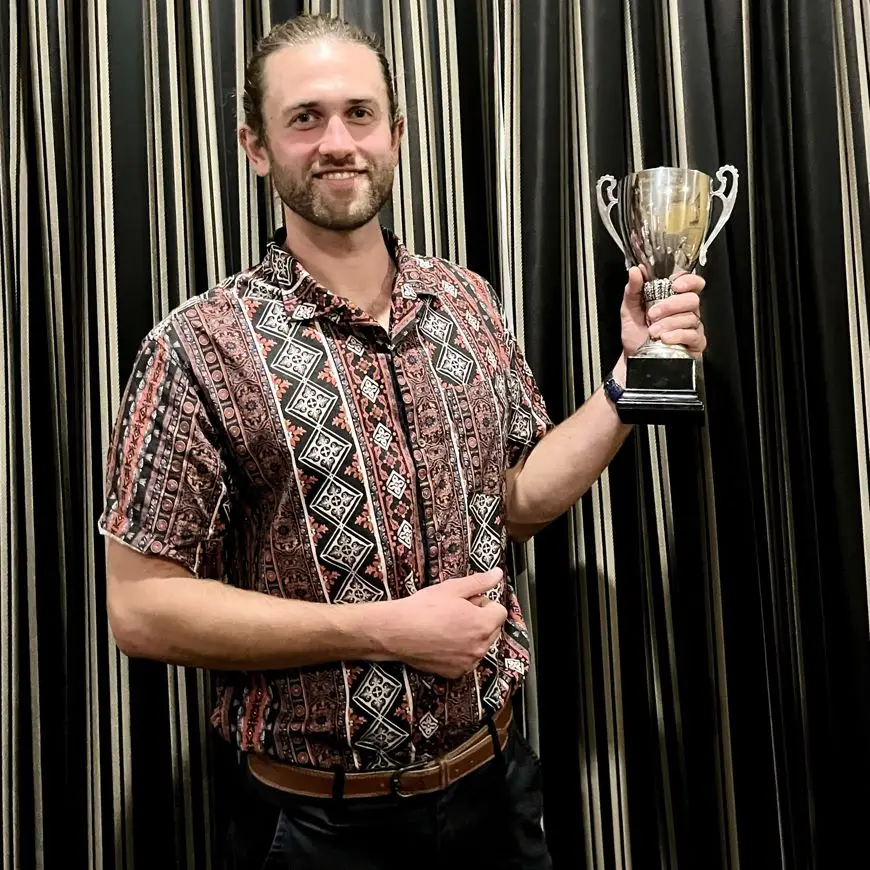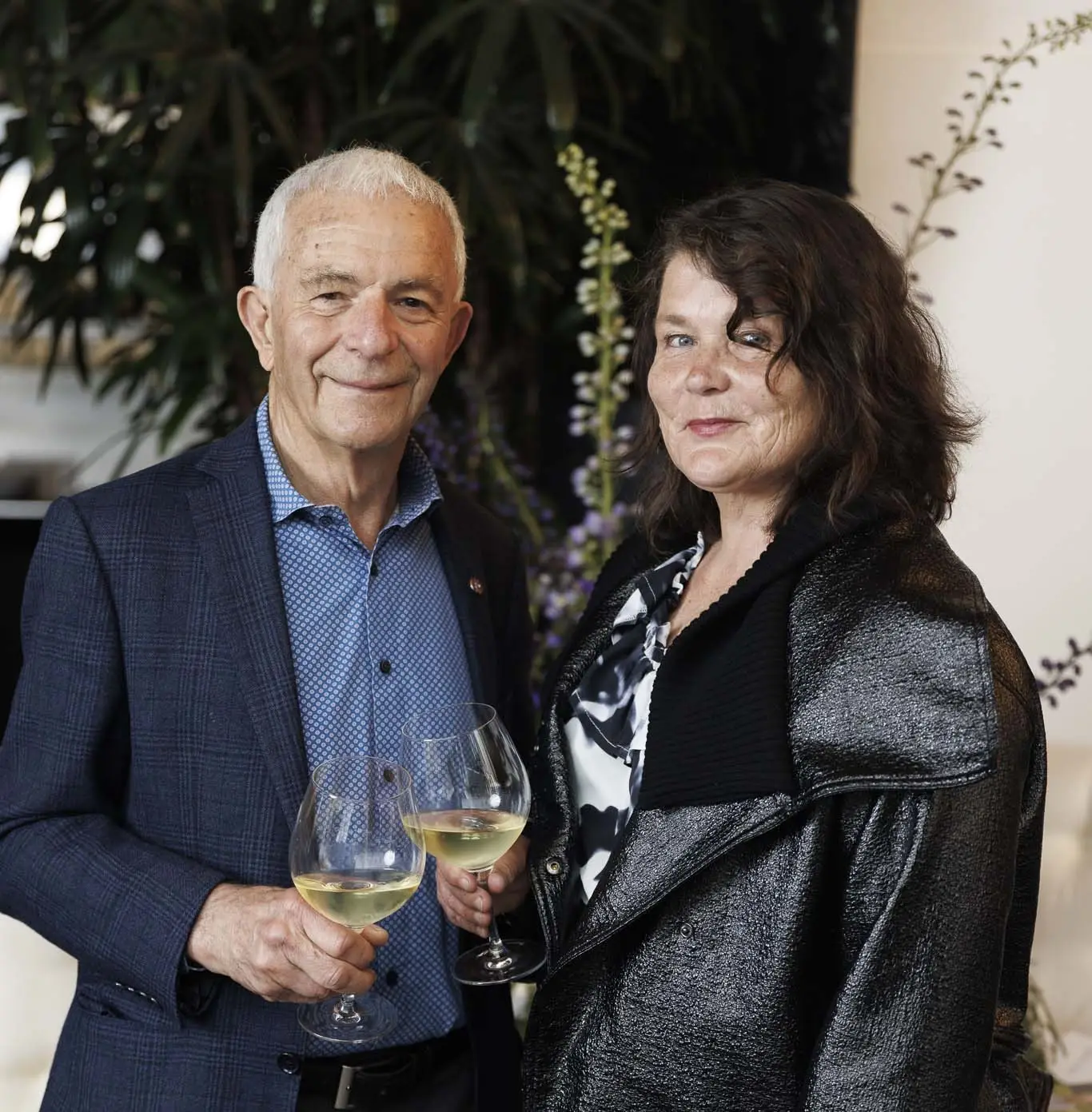This story was written by Joelle Thomson, for the February / March 2024 edition of New Zealand Winegrower.
Michelle Richardson has travelled something of a full circle since Sir George Fistonich offered her a job at Villa Maria more than 30 years ago. She’s now Chief Winemaker of Sir George’s Čuvar Winery in Hawke’s Bay but says her winemaking style has evolved a lot over the decades. “Which is probably in large part to do with living in France and seeing what beautiful red wines they make without using lots of oak. I think the potential of Hawke’s Bay is to make more approachable reds and I want to make wines with softer extraction of tannins. That’s where I want to go.”
Michelle studied winemaking at Roseworthy in 1989, having backpacked around the world for three years and found a love of wine. She went on to do some wine work in Australia and France, before taking a harvest cellar hand job at Villa Maria in 1990. She’s not sure what “gut feeling” inspired Sir George to offer a cellar hand the Senior Assistant Winemaker job in 1992, but by the end of 1994 she was Chief Winemaker at Villa Maria, in what she considers the “halcyon days” of New Zealand winemaking, with “a great boss and a great team”. She could have easily stayed, but left after a decade to establish Michelle Richardson Wines, ready for her next challenge. “It felt like a teenager leaving the family, ready to go and take a risk on being an adult in the real world.”
In 2011 Michelle left New Zealand with her then partner and their young daughter to spend time with his family in Prague. She initially commuted to New Zealand with her daughter Valentina in tow, to work vintage and produce her brand. But when Valentina reached school age, Michelle wound up her wine brand to focus on family life in Europe. “Prague is a great place to bring up kids. It’s very expensive here in New Zealand but it was so much more geared towards raising children when we were in the Czech Republic. There were free music lessons, regular kids’ outdoor concerts. Everything is made available to children. Everyone skis and it’s not a rich person’s sport,” she says. “It was also great bringing up a child in a place where courtesy was commonplace, and having the social confidence to be polite is a way of life.”
They lived in Prague for three and a half years, then moved to France, basing themselves out of Uzès, a town in the Occitanie region in the south of France, half an hour from Nimes. France appealed due to a contact and friend, who suggested that Michelle oversee the build of her new home. While there, she also travelled to Moravia to consult as a winemaker, a role she describes as enormously rewarding. “That was fun, it was lovely to help winemakers to connect the vineyard and winemaking more closely and looking at special blocks of land within their vineyards. Concepts that we may take for granted, but which were not always part of the mindset there.”
Living in France inspired the next step of her winemaking journey. “We have to find a way to make wine attractive for the generations coming up. At the moment we have a large per capita consumption of RTDs, and I’m not going to go and make sweet wines, but this generation has been brought up with so much softness and sweet drinks, so there’s a challenge in there for winemakers,” she says. “Balance, to me, is not about insulting a wine by softening some of its hallmark tannins to make it more attractive to a wider group of people. It’s a skill to hone. I’m wondering how I can do it with Cabernet. Is it different picking times or do you start with more gentle plunging? It is more natural to create a softer wine from Tempranillo, but there’s an educational role there to explain what that wine is. Generally, wine drinkers like the well-known staples, so you don’t want to go too far the other way, but we definitely need to appeal to a modern wine audience, who need approachable wines with complexity.”
Michelle returned to New Zealand with Valentina in 2021 and was offered a job at the Eastern Institute of Technology in Hawke’s Bay, training interns in wineries. “There was quite a strong cross section of people, many of whom had all been traumatised by the education system in New Zealand. They had no confidence and didn’t believe they could learn. I found it very rewarding helping these young people to grow their skills. Some of them are doing amazing things in wineries and it’s great to see and to have been part of their lives in a positive way.”
Then in 2022 she began working as a consultant for Sir George’s new brands, Čuvar and Oblix, moving to fulltime shortly after vintage. “There were just the three of us and it was not the easiest year, but we had some great fruit, which we processed at the Hawke’s Bay Wine Company. And then we had 2023 with the cyclone. Thankfully this season, 2024, is looking like the old Hawke’s Bay, with beautiful days and promise in the vineyards.”
The new wine brands are part of the Fistonich Family Vineyards stable and situated in the former Esk Valley Winery. A refit is currently underway at the winery to modernise it and add new equipment.
Having come full circle, Michelle has found enormous reward in the teamwork of building the new Čuvar brand. “I suggested to George that he use his Croatian background and everywhere we go in New Zealand, we meet people who had worked for George in the past and we realised that he was like a mentor and a guardian. The name Čuvar means guardian, so it fits extremely well.” If leaving Villa Maria was akin to a teenager flying the nest, what’s this? She laughs. “A lot of families say, ‘I thought I had got rid of my kids’.”

